Tag: faunal
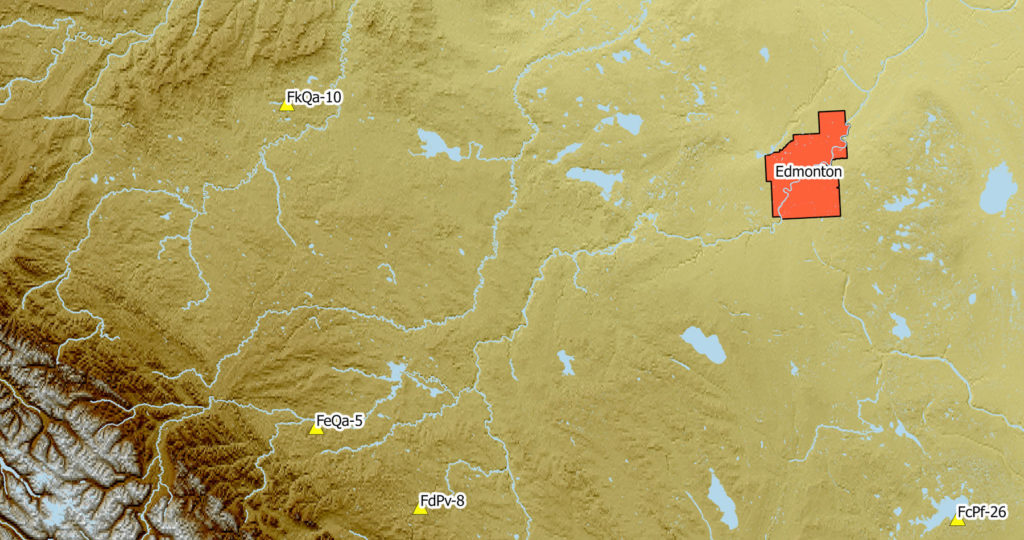
March 25, 2019
Top Ten Sites of 2018!
Now that all the reporting is done, we thought it was a good time to look back on some of the exciting sites we worked on from the past year. We find over 100 sites every year but these sites stand out either because we found interesting artifacts or the site is unique. It doesn’t
Keep Reading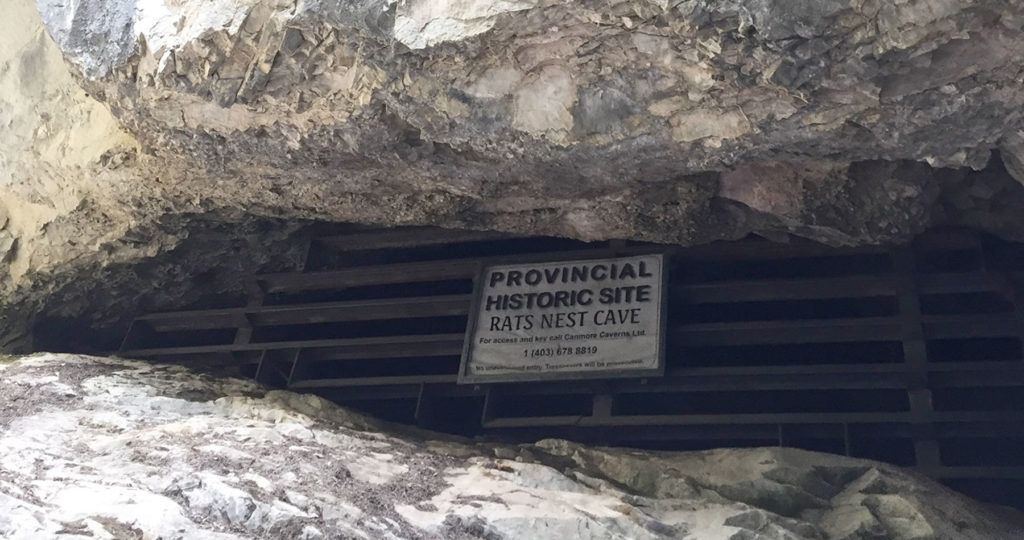
October 9, 2018
Rat’s Nest Cave – Pictographs
Last year I visited a very interesting site located near Canmore, AB. The Rat’s Nest Cave is accessible through the touring company, Canmore Cave Tours, and can be visited all year round. With the help of my guide, Brent, I rappelled 18 m into the cave and squeezed through many tight water carved gaps and
Keep Reading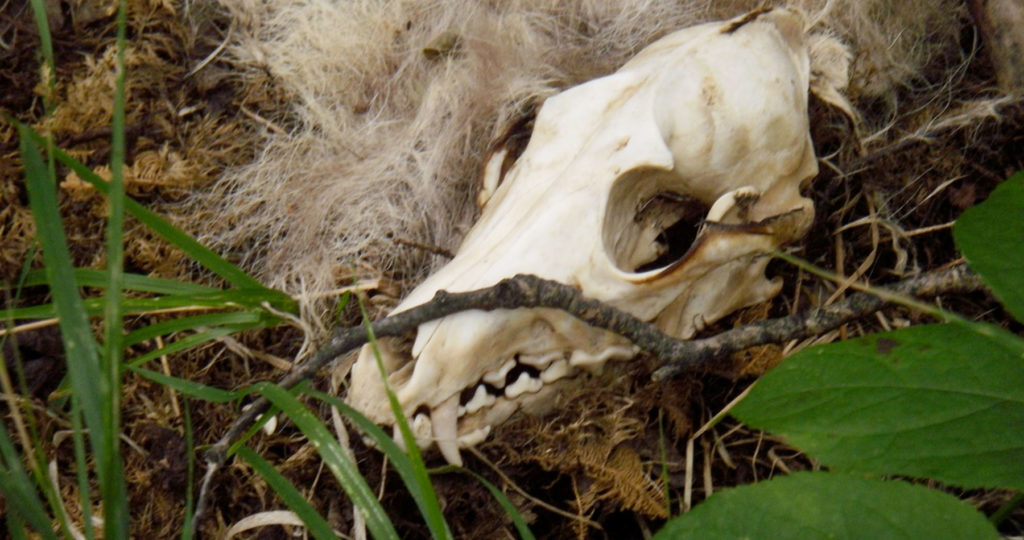
July 5, 2017
Animal Bones
During an archaeological survey or excavation when animals bones are found, we look for signs that they were somehow modified or processed by humans. Animals were not only a source for food, but their skin, fur, and bones had many other uses. We might find cut marks from a knife made during butchering, or the
Keep Reading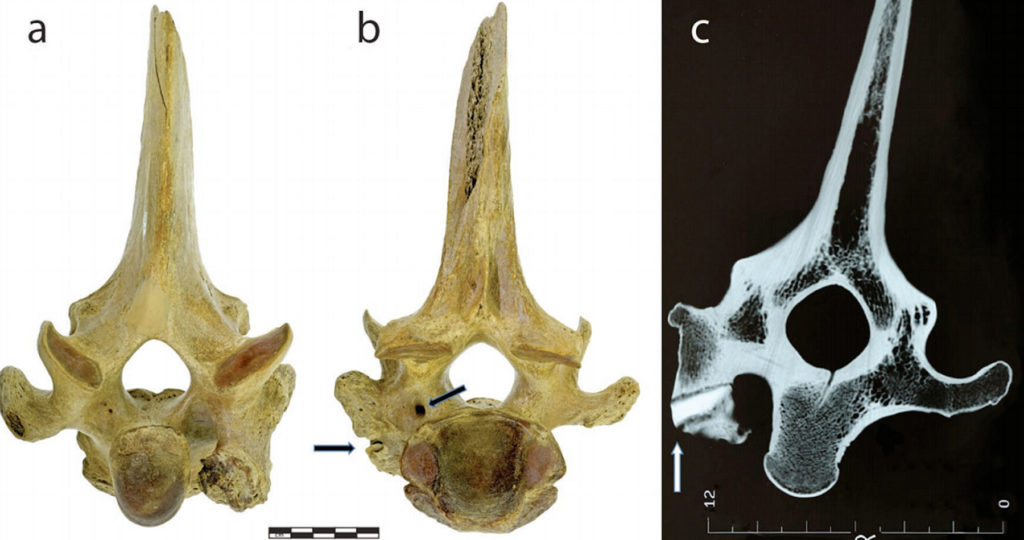
May 15, 2017
The One That Got Away
In this blog series, we will be reviewing and summarizing recent archaeological research occurring in the province and around the world. To see the original article, and others like it check out the Blue Book Series presented by the Archaeological Survey of Alberta. When we find animal bone in an archaeological site, we can usually tell whether that animal
Keep Reading
March 30, 2017
Bison Jaw and Horse Tooth
At our Archaeological Roadshow event in Lac La Biche, AB Allan and Juanita Gaudreault brought in a collection of fossils. The fossils were fragments of a darkly stained bison jaw and a set of blueish grey horse teeth. Mr. Gaudreault told us the specimens were found in a low area near a lake. We came up
Keep Reading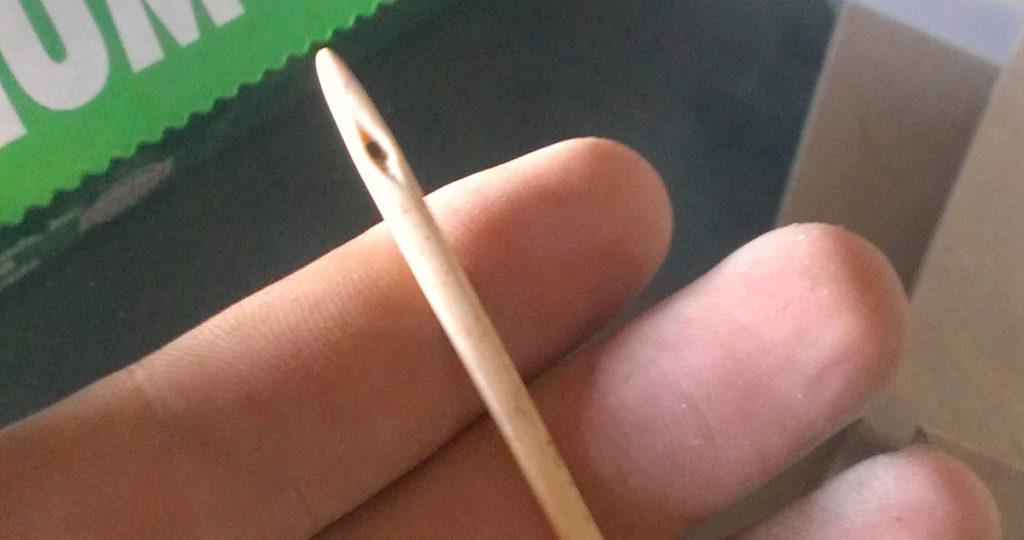
June 16, 2016
Bone Needle
This week we showcase a very unique artifact, a bone needle. This tool is very long and thick compared to the modern steel needles that we are more familiar with, but it still very sharp at the tip. The eye of the needle is diamond-shaped and tapered, which shows us that the eye was made by
Keep Reading